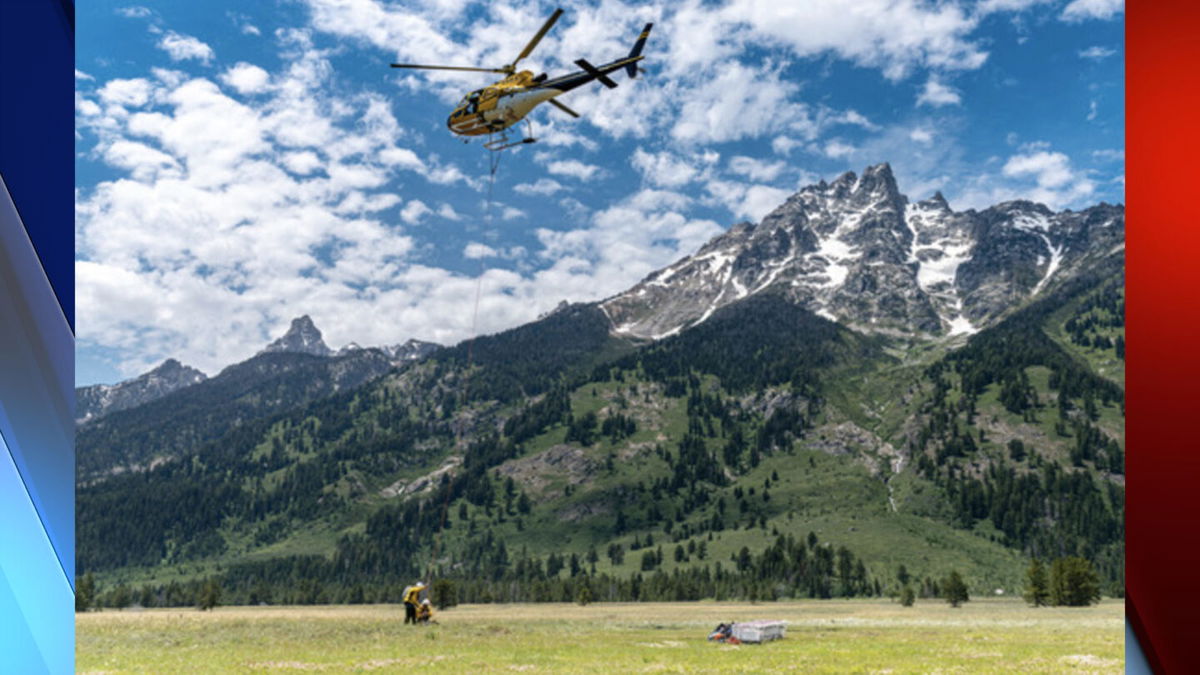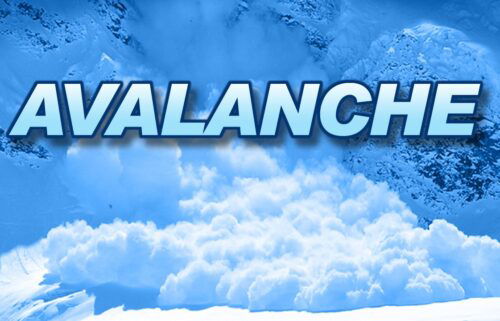Grand Teton rangers urge visitors to take personal safety seriously

MOOSE, Wyo. (KIFI) — August is “Search and Rescue” month in Grand Teton National Park, and park rangers urge visitors to take personal safety seriously. As warmer temperatures melt snow throughout the Teton Range, backcountry trails and climbing routes become more accessible and draw hikers and climbers to attempt ambitious challenges in the backcountry. This has also resulted in a spike in the number of accidents and injuries that have necessitated a rescue.
Park rangers have already conducted 12 search and rescue (SAR) missions in Grand Teton this month. A total of 50 SARs have taken place in the park so far this year, highlighting common themes such as slips, trips, and falls, and unprepared hikers. Every outdoor user, regardless of their skill and experience level, is exposed to potential hazards, and is responsible for the overall risk management of themselves and their group, even in the event of an emergency.
All rescue operations come with some level of risk to the rescuer and helicopters are only used when the risks to the rescuers are assessed and deemed acceptable. Requesting a rescue does not guarantee that there can always be a response. Park rangers will determine the appropriate response actions based on the circumstances of each situation. Even if a helicopter is determined to be the best means of rescue, it may not be available due to weather conditions, time of day, mechanical issues, and/or other ongoing emergency operations. Plan your trip to be prepared to take care of yourself and members in your party if an emergency occurs.
When traveling into the backcountry, remember to plan ahead and follow these basic recommendations:
- Set a reasonable objective based on your group’s experience. When planning a hike or climb, make sure it is well within the abilities of your least experienced group member.
- Research your intended route by consulting topographic maps, guidebooks, and park rangers.
- Know the weather forecast and be prepared for rain, snow, ice, and cold. Temperatures and precipitation patterns can change rapidly in the high elevations of the Tetons.
- Always tell a friend or family member your route, and when you intend to return.
- Pack plenty of food and water, water treatment or a filter, headlamp, first aid kit, bear spray, phone or communication device, tools to make a fire, sun protection, map or GPS and a compass, and warm clothing layers. Additional items might be needed depending on your planned activity. Visit the National Park Service website to learn more about the Ten Essentials.
- Be prepared to care for yourself or your partner(s) in case of an injury and carry the equipment, food, and water necessary to stay out longer than expected.
- Don’t be afraid to turn around. “Summit fever” can be the greatest hazard of all.
- Pay special attention when descending and moving across slippery surfaces. Most mountain accidents occur on the descent.
Visit the park website at www.nps.gov/grandteton to learn more about the park and your planned activity before heading out into the backcountry and stop by a visitor center to check the most current information about park conditions. Rangers are available to help answer questions and provide information regarding all aspects of safety in Grand Teton.






